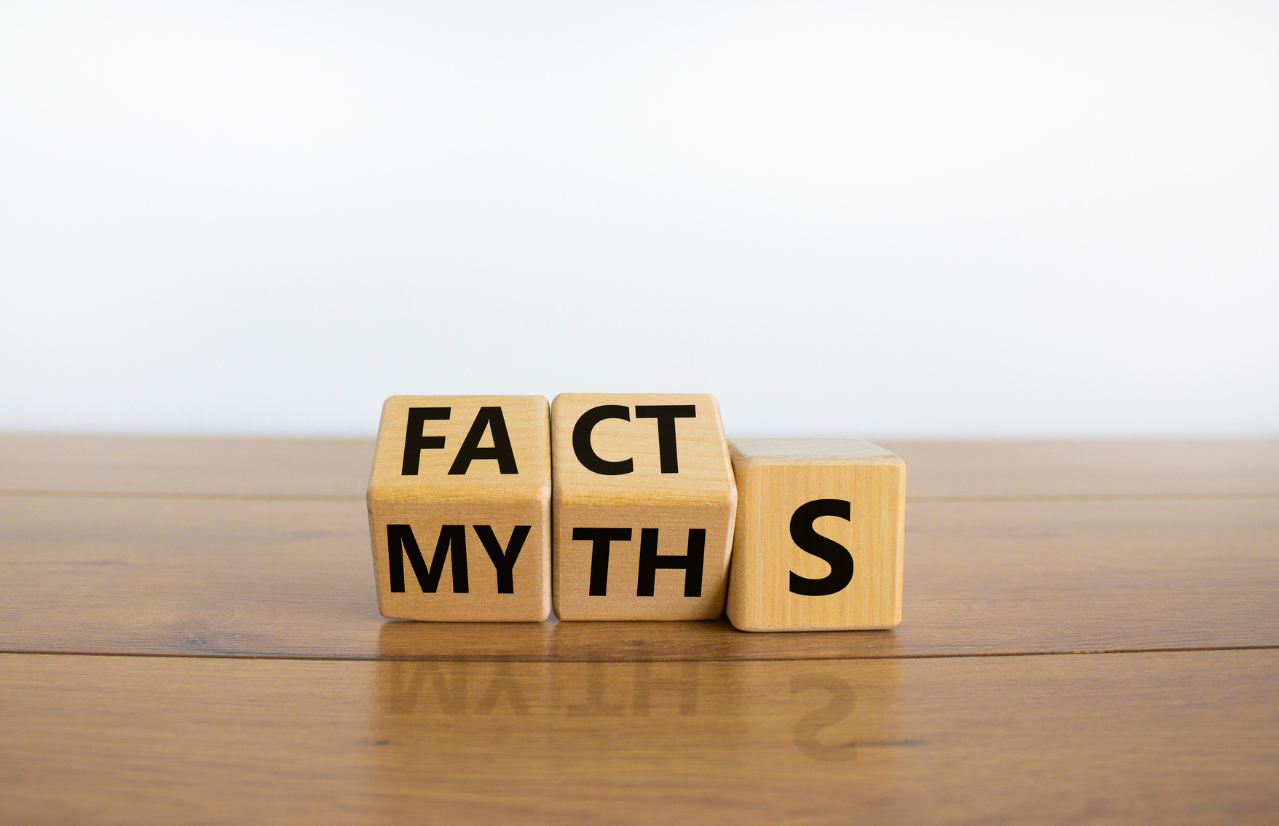Il est essentiel de comprendre comment votre corps réagit aux différents types d’exercices pour optimiser votre programme de remise en forme. Notre constitution génétique influence tout, de la composition musculaire aux niveaux d’endurance, déterminant si nous excellons dans des activités basées sur la puissance comme le sprint et l’haltérophilie ou dans des sports d’endurance comme la course de fond. Un facteur crucial dans cette équation est la différence entre les fibres musculaires à contraction lente et à contraction rapide. Reconnaître le fonctionnement de ces fibres et leur fondement génétique peut aider les individus à adapter leurs séances d’entraînement pour des performances optimales.
La science derrière la puissance musculaire
La puissance musculaire est la capacité à exercer une force maximale dans le temps le plus court possible. Elle joue un rôle crucial dans les mouvements explosifs tels que le sprint, le saut et le lancer. Ce type de performance repose en grande partie sur les fibres musculaires à contraction rapide, qui se contractent rapidement mais se fatiguent facilement. Le gène ACTN3, souvent appelé « gène de la vitesse », joue un rôle important dans le bon fonctionnement de ces fibres musculaires.
Fibres musculaires à contraction rapide et fibres musculaires à contraction lente
-
Fibres à contraction rapide (type II) : ces fibres génèrent des poussées rapides de puissance et de vitesse, mais se fatiguent rapidement. Elles s'appuient sur le métabolisme anaérobie, ce qui signifie qu'elles n'ont pas besoin d'oxygène pour produire de l'énergie.
-
Fibres à contraction lente (type I) : Ces fibres favorisent les activités d’endurance, car elles sont très résistantes à la fatigue et utilisent l’oxygène pour soutenir un exercice prolongé.
Le gène ACTN3 code pour la protéine actinine alpha-3, présente dans les fibres musculaires à contraction rapide. Les personnes porteuses de l'allèle C du gène ACTN3 sont plus susceptibles d'avoir une capacité accrue à développer leur puissance, ce qui les rend particulièrement adaptées aux activités de haute intensité et de courte durée. Les personnes porteuses du génotype TT peuvent avoir moins de fibres à contraction rapide fonctionnelles, mais peuvent néanmoins améliorer leur puissance grâce à un entraînement ciblé.
Entraînement pour une performance basée sur la puissance
Pour les personnes génétiquement enclines à la dominance des contractions rapides, les exercices suivants peuvent aider à maximiser la puissance de sortie :
-
Sprint (courses de 100 m, 200 m)
-
Haltérophilie olympique (arrachés, épaulés, jerks)
-
Exercices pliométriques (sauts en boîte, sauts en profondeur, lancers de ballon médicinal)
-
Entraînement par intervalles à haute intensité (HIIT)
-
Entraînements de force courts et explosifs (faibles répétitions, poids élevé)
La science derrière l'endurance musculaire
L'endurance musculaire est la capacité d'un muscle ou d'un groupe musculaire à maintenir des contractions répétées sur une période prolongée. Cette capacité est essentielle pour des activités telles que la course de fond, le cyclisme et la natation. Les performances d'endurance sont largement influencées par les fibres musculaires à contraction lente et le VO2 max, qui mesure la capacité du corps à fournir de l'oxygène aux muscles pendant une activité prolongée.
Le rôle du gène PPARA dans l'endurance
Le gène PPARA est associé aux performances d'endurance en raison de son rôle dans le métabolisme des graisses et l'équilibre énergétique. Les individus porteurs de l'allèle G ont tendance à avoir une proportion plus élevée de fibres à contraction lente et une plus grande oxydation des graisses, ce qui les rend naturellement enclins aux sports d'endurance.
Entraînement pour des performances basées sur l'endurance
Pour ceux qui ont un avantage génétique dans les activités d’endurance, les exercices suivants peuvent améliorer les performances :
-
Course de fond (marathons, ultramarathons)
-
Cyclisme (épreuves de cyclisme sur route et d'endurance)
-
Natation (courses de longue distance, triathlons)
-
Aviron (séances d'aviron prolongées, cross-training)
-
Entraînement en circuit avec exercices de force à répétition élevée et à faible poids
Améliorer les performances indépendamment de la génétique
Si la génétique joue un rôle dans la performance sportive, l’entraînement peut avoir un impact significatif sur l’adaptation musculaire. Quelle que soit la prédisposition génétique, les individus peuvent améliorer leur puissance et leur endurance en suivant des programmes d’entraînement personnalisés, une nutrition adaptée et des stratégies de récupération.
Il est essentiel de créer un plan pour comprendre votre constitution génétique, en particulier lorsque vous organisez des programmes d'exercices. Rightangled propose un test Wellness Pro complet, ainsi qu'un test de condition physique qui permet d'identifier avec précision votre composition corporelle et le format d'exercice auquel vous répondrez le mieux.
Découvrez notre test ADN Wellness Pro
Découvrez notre test ADN de fitness
Conclusion
La génétique nous permet de comprendre le fonctionnement de nos muscles et leur réaction aux différents types d'exercices, mais elle ne détermine pas nos limites. Que vous soyez fait pour la vitesse et la puissance ou pour l'endurance et la résistance, comprendre votre composition musculaire peut vous aider à vous entraîner plus intelligemment et à atteindre votre potentiel maximal. En tirant parti de ces connaissances, les athlètes et les amateurs de fitness peuvent créer des routines d'entraînement personnalisées qui correspondent à leurs atouts génétiques et à leurs objectifs de remise en forme généraux.





Partager:
La génétique depuis le début